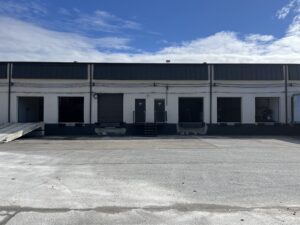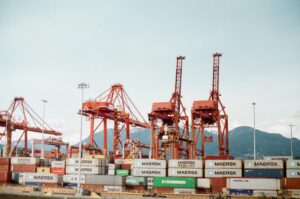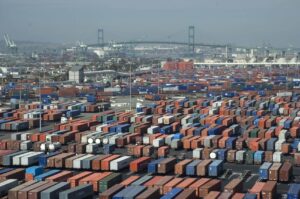The math is simple but stark. USMCA-compliant goods from Canada and Mexico receive duty-free treatment, while non-compliant products face substantial tariffs that can devastate profit margins. For many businesses, the difference between compliance and non-compliance represents thousands or even millions of dollars annually.
Recent research reveals an uncomfortable truth: some importers find it more cost-efficient to pay tariffs than to navigate USMCA’s intricate requirements. This calculation, however, assumes companies understand what compliance truly requires, and many don’t.
What Qualifies Under USMCA?
USMCA compliance allows materials produced in Mexico, Canada, or the United States to be “originating” and therefore qualify for duty-free treatment. But determining originating status requires understanding several pathways to qualification, each with its own requirements.
Products wholly obtained or produced entirely in North America typically qualify without complication. The challenge arises when your goods contain components or materials from outside the region. In these cases, goods must be “originating,” meaning produced primarily in the United States, Canada, or Mexico, and meet specific “rules of origin” requirements that typically involve a certain percentage of the product’s value being sourced from within the North American region.
The specific percentage and requirements vary dramatically by product category, making blanket assumptions dangerous and potentially expensive.
The Documentation That Matters
Businesses must prepare and retain a Certificate of Origin, including all nine USMCA-required data elements. Without a complete and accurate certificate, your goods won’t receive preferential treatment, regardless of whether they technically qualify.
The certificate must include information on the certifier, exporter, producer, importer, goods description, and origin criteria. Importers must maintain documentation supporting customs declarations, including USMCA originating status, for five years. Customs can audit your claims at any time, and incomplete records mean denied claims, duty repayment with interest, and potential penalties.
Common Pitfalls That Cost Money
Missing Documentation at Entry: If certificates of origin are not in hand at the time of entry, then the entry may not be eligible for duty preference, even if the rules of the FTA otherwise are met. Many companies discover this requirement too late, paying full tariffs on goods that technically qualified for duty-free treatment.
Incorrect Country of Origin Determinations: The substantial transformation test used for most imports doesn’t apply within the USMCA region. Companies applying the wrong standard unknowingly disqualify themselves from benefits they’ve earned.
Ignoring Chinese Components: An additional complication regarding the importation of goods from Mexico arises because of the common use of Chinese parts and components in Mexico. These components can affect both USMCA eligibility and exposure to Section 301 tariffs, creating a double compliance challenge many companies miss.
Special Considerations for Automotive Imports
The automotive sector faces particularly stringent requirements. The threshold for regional value content increased by over 10 percentage points moving from NAFTA to USMCA, and two new requirements were added: labor value content and steel and aluminum procurement. These additional certifications create complexity that has led some automotive importers to pay tariffs rather than navigate compliance requirements.
Why Compliance Pays
Beyond avoiding tariffs, USMCA compliance offers an often-overlooked benefit: USMCA exempts U.S. imports from the merchandise processing fee (MPF), so it might be worth applying USMCA even if the general duty rate for your product is 0%. These savings accumulate significantly over time, particularly for high-volume importers.
The 2025 Reality Check
The tariff environment of 2025 has made USMCA compliance more valuable than ever. What might have seemed like an optional exercise when MFN rates were low has become essential when facing 25% or higher tariffs on non-compliant goods. The higher National Emergency Tariffs could cause the economic analysis to change for importers who may not have previously sought USMCA compliance because prior low rates of duty meant limited savings with respect to compliance costs.
Companies that invested in compliance infrastructure years ago are now reaping substantial benefits, while those who deferred the effort face urgent catch-up challenges.
Take Action Now
Don’t let complex compliance requirements cost you money. The tariff savings from proper USMCA compliance can transform your bottom line, but only if you get it right.
Jade International’s trade experts specialize in navigating complex rules of origin, preparing bulletproof documentation, and ensuring your goods qualify for every tariff benefit available. Discover how we can help you save on tariffs and turn compliance from a challenge into a competitive advantage.







